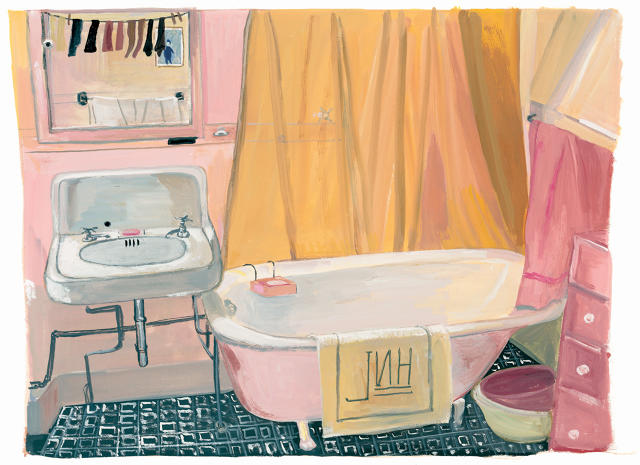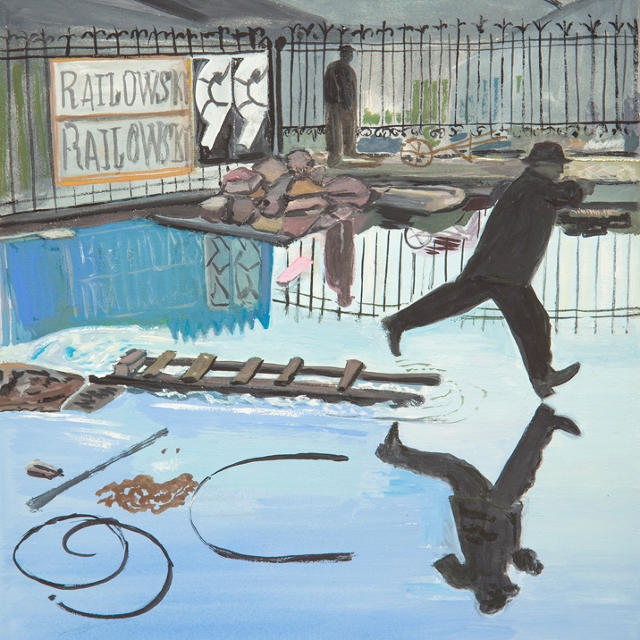How Legendary Illustrator Maira Kalman Stays ingenious
We caught up with the whimsical illustrator about productivity, creativity, and why her spirit animal is a “tiny, delusional chook.”
April 22, 2015
you will have almost definitely viewed illustrator Maira Kalman‘s whimsical, wryly funny work, whether you understand it or now not. Her supersaturated gouache art work have graced countless New Yorker covers (remember that New Yorkistan?), in addition to the new york times’ illustrated blogs. She has authored cherished youngsters’s books like Sayonara, Mrs. Kackleman and chronicled the adventures of poet-canine Max Stravinsky. together with her late husband Tibor Kalman, she ran the design studio M&Co, making suave wall clocks, watches, and accent collections in collaboration with the likes of Kate Spade, as well as fabric designs for Isaac Mizrahi and units for Mark Morris Dance staff.
Now, the Tel Aviv-born, Bronx-raised Kalman has illustrated her twenty fifth guide, in collaboration with Daniel Handler and the Museum of up to date artwork, known as Hurry Up and Wait, a meditation on the character of time in a fast-paced tradition and the importance of preventing and smelling the roses. On the celebration of the e-newsletter of Hurry Up and Wait, we caught up with Kalman about how she keeps her inventive juices flowing when productiveness is the byword of the day.

Hurry Up and Wait is themed round slowing down, pausing, now not speeding a lot. what is your own tempo like in life, and what’s your day-to-day work hobbies like?
i have a very scheduled, ordered life. I get up at 6 a.m., i’m going for a walk in imperative Park, then come back and work. I do Tai Chi one night, a aware meditation glide. I’m very punctual (apart from with cut-off dates). i love time. I’m an enormous fan of time. I want I had extra of it. I talk loads about in point of fact cease time and look at the moments within the moments, and strolling is a type of methods. differently of slowing down time is to draw with a pencil on paper. It’s one of the simplest ways to encourage creativeness and pre-thinking—letting your mind wander, almost to the purpose of a scribble or a doodle.
How has your relationship to time changed over the course of your lifestyles?
That’s a tragic question. There isn’t sufficient of it—that’s what you recognize as you become older, that essentially the most valuable factor is time, and which you could’t grasp onto it, it goes faster and sooner in this sort of dizzying manner. I make sure you truly do the things I cherish to do, be sure I’m the usage of my time neatly, no longer losing it, not attractive an excessive amount of in things that aren’t giving me pleasure or satisfaction. You edit all the way down to individuals you need to be round, folks you love. It becomes relatively easy and clear.

Early to your occupation, did you ever doubt it’s essential prevail as a working artist and illustrator? How did you recover from that doubt?
i’ve that doubt to at the moment. I’m amazed I’m a working artist. I’m at all times anxious when I begin a brand new mission, about whether I’ll have the ability to do one thing that i love and am not ashamed of. I don’t assume that truly goes away. of course, I can even see I’ve had a profession. the most important thing is, I by no means considered myself as an artist, i believed I used to be developing work. I see it as an occupation of the thoughts. of course there’s a romantic part of it, that my moods and my life is my work, that it’s a selected roughly engagement, however it has all the aspects of doubt and confusion, too. You ask, ‘When will this insecurity end?’ however perhaps it never ends. This is part of the process, a part of working, as long as it doesn’t stop you from actually doing the work.

What do you want you had known early to your profession as an artist that you realize now?
Nothing. i believe precisely now not realizing and precisely finding out what the story is is how it has to be. principally, nobody can let you know anything else. however i would inform anyone who was asking that the most important factor is just to work. Don’t surrender. It’s like Winston Churchill stated: never, never, by no means quit. That’s the one factor to grasp. then you either to find out what you find out, otherwise you don’t.
Do you understand that the first thing you ever drew?
the first thing I ever drew for cash was a collection for the Village Voice that includes presidents with women’s hairdos and make-up. As a baby, I copied my cousin’s drawing of a chicken.

What are your favourite things you personal?
i’ve so many things i adore looking at. My favourite factor from [my ebook My favorite issues] is a home made ladder from the ‘40s and ‘50s, as well as handmade dolls from Mexico in the ‘30s—there are these awesome little fashion plates for every doll. I actually have a pair of Junya Watanabe footwear designed for Commes des Garcon, with an elongated toe, like a demented Oxford, which I don’t wear, because they’re demented. as an alternative, I walk around a lot in large clunky sneakers.
Do you will have a spirit animal, and if that is so, what’s it?
i would say it’s a hen. A tiny delusional hopping chicken that loves to hop under timber and from time to time is unhappy. It’s like Daniel [Handler]’s book concerning the bird that’s all the time unhappy—perhaps he used to be writing that about me. however I’m also completely obsessed with shrews, and have been drawing lots of shrews. They’re so tiny, they usually hop round, and some of them have very very long noses. They appear to be little noses jumping round.
[All Images: Maira Kalman]
(270)














